Welcome back to the show. Today, I want to talk about coverage plans…and before you ask, yes, you absolutely do need a coverage plan!
This is the perfect season to be discussing coverage plans, because unexpected absences from the office are going to be at an all-time high. Flus, colds, and other sicknesses abound, and the last thing you want when you can’t breathe through your nose is to have to field calls from frantic team members who don’t know how things should go when you’re not around.
Cold and flu season isn’t the only reason you need a coverage plan; there are any number of reasons that you might need to have a coverage plan in place to ensure everybody’s on the same page as far as how things operate in your absence.
However, organizing a coverage plan can be tough for a business owner or team leader, especially when there’s a set of things that only you can handle or things you’ve been handling that no one else on your team has really been involved in.
To help you out, I’ve put together a list of three things you need to get clear on in order to put together a great coverage plan. But first…
Listen on Apple | Listen on Google | Listen on Spotify
Why Coverage Plans Matter
A coverage plan sounds a bit like an insurance policy…which is appropriate, because that’s basically what it is. It’s an insurance plan that makes sure that everybody knows what to do when you can’t be there.
But why are coverage plans so, so important?
Firstly, it’s important for team morale. When our team members know that there’s a set of work tasks that can’t get done when you’re not there, and they haven’t gotten eyes on any of those tasks, they start to wonder how the business can move forward if you have an extended absence. It can cause a lot of stress and uncertainty.
Secondly, it can be instrumental in preserving deadlines. When one person is responsible for the lion’s share of a particular client’s projects, and that person has any kind of absence, it will bring all the progress on that client’s projects to a grinding halt. And if they have to be away for some time, it can quickly turn into a situation where you’re having to reach out to clients and let them know you won’t be able to deliver on time, which you want to do everything you can to avoid. This will rapidly impact the trust clients have in your ability to tackle their projects.
You want to make sure that there is a plan in place for shifting responsibility, authority, and decision-making to the proper people on your team. Otherwise, you might end up with a dozen calls while you’re trying to deal with things elsewhere…or worse, your team might try and solve it without you and end up causing a bigger mess.
Get Clear on What HAS to Get Done
The first thing you need to do when prepping a coverage plan is to get really clear on which tasks have to get done in a given day, in a given week, and in a given month.
You might think, “Whoa, a month? I’ll never have to be gone that long.” But unfortunately, you just don’t know. Life happens, and if it happens in a way that keeps you absent from the office for an extended amount of time, you don’t want that to be the time you have to try and put together a contingency plan.
Trying to put together a crisis plan in the middle of the crisis is the least ideal way to go!
Instead, if you sit down and categorize your work by time period, you and your team will both be able to look at the timeline and see what needs to get covered.
For example, a client of mine owns a law firm, and she does her client billing once a week. So if she was out for a day or two, some of her paralegals could take over some of her responsibilities without issue. But if she was out for two weeks, they would need to know that billing needs to get done—not only that, but they would need to know how to make sure it gets done right, as well as who is responsible for getting it done.
Distinguishing between what the daily tasks, the weekly tasks, and the monthly tasks is the best way to set your team and yourself up for success.
I would say the best way to work on this is to start a Google doc, write down the typical things that you handle, and organize them into categories for daily, weekly, and monthly tasks. That will give you a sense of what kind of coverage plans you want to make.
Get Clear on the Chain of Command
The next thing you want to do is have a clearly defined chain of command around approvals and decisions when you can’t be the decision maker.
Part of your coverage plan is communicating which people you’ve put in charge of which areas in the business, because you want your team to know who to go to and who to listen to when they have questions.
In some situations, you’ll have an executive assistant who already has a lot of visibility into the work you do. Maybe it’s your ops director. Maybe it’s another person in a senior role, but whoever it is, you want to lean on that person to be in the driver’s seat if you’re not there.
You also want to make sure the rest of your team understands that chain of command. When you are handing off decisions that you have made in the past, you want to talk to the team and say, “Hey, I am tasking Jennifer with this. When I’m not here, she makes the calls.
Think of her as me. When she says to do something, you’ve got to do it.
This will ensure that the person you place in charge in your absence will be set up for success, and people won’t ignore them and decide to wait until the boss gets back.

Get Clear on the Things Only YOU Can Do
The third thing we want to do when putting together a coverage plan is to get clear on the things that only you can do.
There are some things you will not be able to delegate. However, we want to do our best to make that list as short as possible.
I’m not talking about things you would prefer to do. I’m talking about identifying the things that literally nobody else in your business can do.
For instance, making hiring and firing decisions. Let’s say that’s something that only you can do, as far as making the final call. If only you can do that, then saying, “Hey, for hiring, if I were to be gone, we would pause those decisions until I got back.”
But with firing, if there was some kind of emergency and somebody had to take that action right away, having someone on deck that can help make that call for you is going to be really important. (For example, an HR consultant could be good for this.) You want to identify that person and have them teed up so that when you aren’t there, they can make the call.
You need to determine the threshold of where something has to go to you or someone in your network, like an emergency contact. And if you are totally unreachable, what can people do? Who do they go to in order to make that call?
And remember, this isn’t you choosing someone to regularly make those calls. This is someone you will have tapped in case of an emergency state.
It’s really important make sure the list of things only you can do in your coverage plan is as small as possible, because if everything is riding on you, you’ll quickly start to feel like you can’t step away.
You can’t take that spontaneous weekend trip away. You can’t be gone all day for a kid’s soccer tournament. If your kid is in the hospital or if you’re in the hospital, you’re going to be stressing over the pressure to stay close to the phone or the laptop, and that’s going to eat you up inside.
Need Help Planning? Hire a Team Whisperer!
Putting together a coverage plan can get overwhelming when you’re doing it solo; we tend to overthink every choice or convince ourselves we have to keep our hands on more tasks than we really need to without an outside perspective.
So, if you don’t know how or where to start or you’re struggling to pick the right people to put in charge of certain tasks, this is the perfect thing to wrestle with in our Team Whisperer monthly consulting.
Our Team Whisperer monthly consulting is a program I have where, for four hours a month, you have me in your back pocket. That can be for one-on-ones, for coaching, for brainstorming things with the teams, for working with your team members directly, for building out processes or tools or systems, etcetera.
Building a coverage plan is a really great example of something that we could spend one of those sessions working through. Together, we can decide what that coverage plan is, refine it, talk about the rollout strategy with the team, and get you set up to feel like you’re prepared in case of an emergency.
Don’t hesitate to reach out! I’m excited to help you get your coverage plan ready!
WORK WITH LIA:
What if you could keep a management and team operations Swiss Army Knife in your pocket? Now you can with Team Whisperer Monthly Consulting: https://www.liagarvin.com/monthly-consulting
Want a checklist of things you can do THIS week to become a better manager (and make your job easier)? Check out my Thriving Team Checklist for a list of quick actions you can take right away with your team: https://www.liagarvin.com/checklist
Book a FREE Scale-up strategy call to for strategies to scale your team and get time back for yourself: calendly.com/liagarvin/scaleup-strategy?back=1&month=2023-08
CONNECT WITH LIA:
Website: https://www.liagarvin.com/
Instagram: https://www.instagram.com/lia.garvin/




